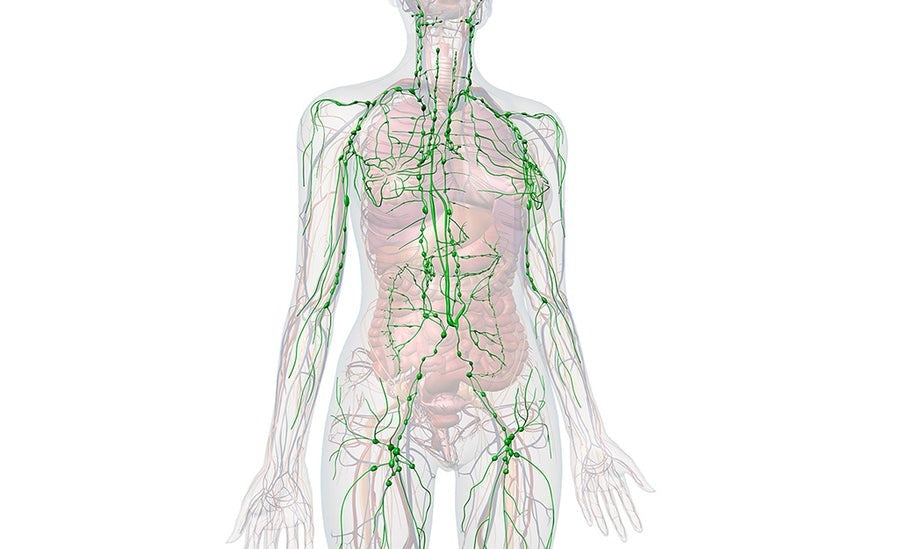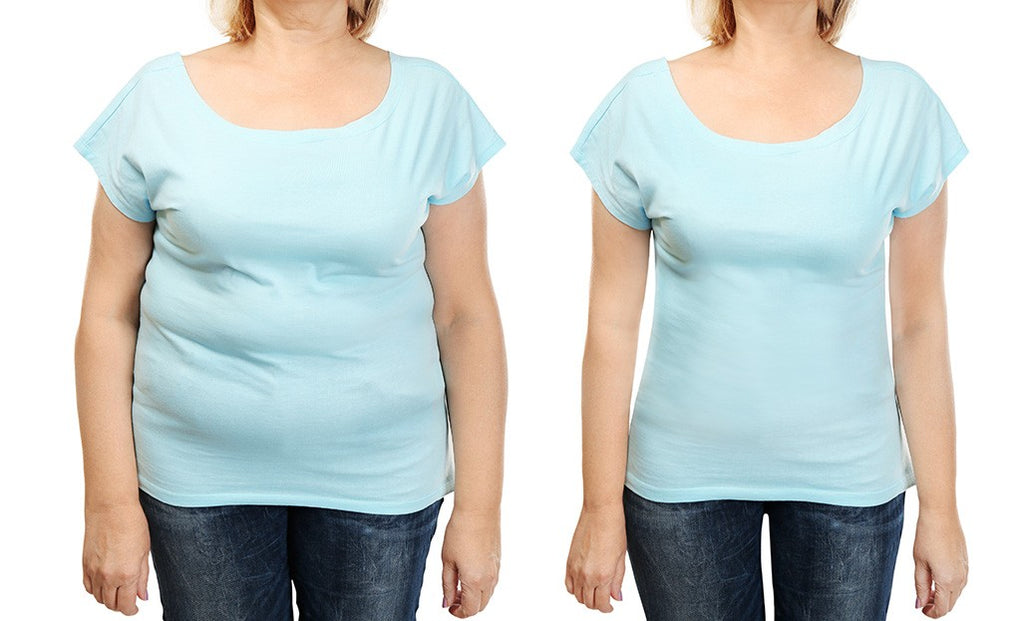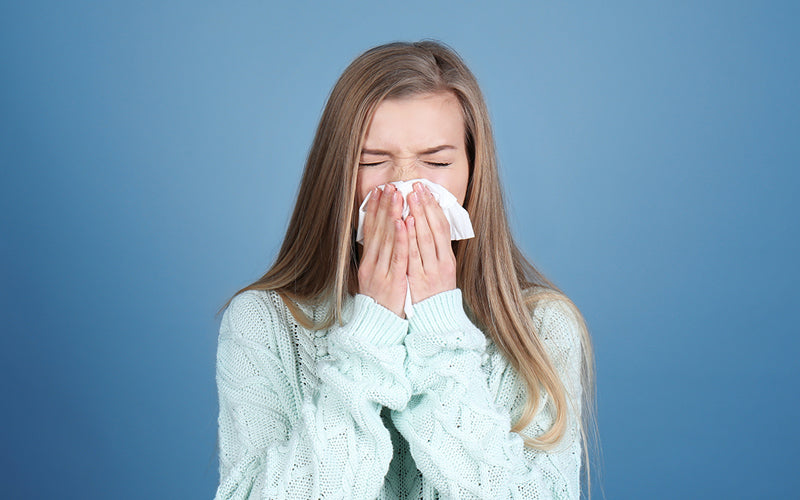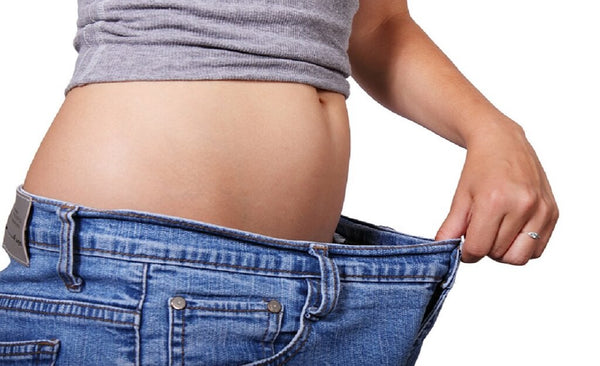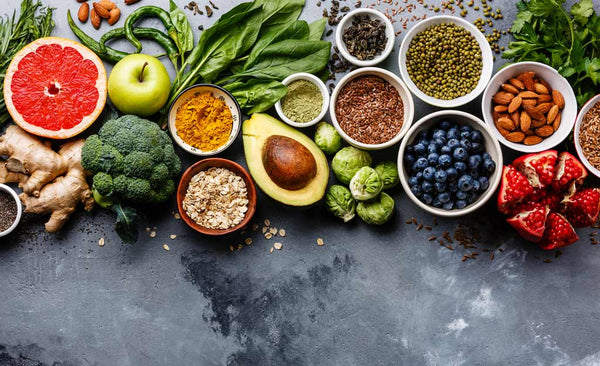Not All Fat Is Created Equal
A healthy weight varies across women with different body types and shapes. For this reason, one body type may be more at risk for chronic health conditions than another. So how do you know that the extra kilos you carry are the ‘OK’ type or not? Let’s start by looking at and understanding the different TYPES of body fat.
What is adipose tissue?
Adipose tissue is simply the technical term for the accumulation of fat cells. It forms our essential fat, subcutaneous fat, and visceral fat. Instead of looking at fat only from a negative standpoint, let’s learn a bit more about it and see it from a more functional perspective.
Fat is simply a storage form for energy.
Consider fat an extra energy source which has various positive functions in our body. In this section, I’ll be discussing the three main types of adipose:
- Essential fat
- White fat
- Brown fat
Essential adipose tissue or essential fat helps regulate body temperature, acts as a vitamin reserve and plays a role in hormone signalling. It is found in many parts of the body including the nerve membranes, bone marrow, and all cell membranes. Be aware that you cannot lose this fat without compromising your health.
White adipose tissue or white fat, on the other hand, both insulates and cushions our organs and protects the bones. It also provides us with an extra layer of fat for energy. In fact, white fat is the largest backup in the body which is purposeful. Sadly though, we see this fat and are programmed to find it the most unattractive.
It is vital to understand that a healthy amount of white fat aids hormonal health and fertility. It also boosts leptin, an appetite-suppressing and fat storage-regulating hormone. However, too much of it leads to leptin resistance which results in the body being less receptive to leptin action.
Brown adipose tissue or brown fat is a ‘good’ fat because it has blood flow and triggers thermogenesis to keep us warm and enable us to burn other fats. Some research suggests that increasing the activity of your body’s existing brown fat can boost your ability to burn white fat.
Subcutaneous and visceral fat
Subcutaneous fat is what is found underneath our skin. About 90% of fat in our body is in this form, mostly in our bum, legs, and arms. It is a combination of white, beige, and brown fat. Too much of this fat is not conducive to health but some are fine and very normal – in fact more normal than the media would have us think.
Visceral fat is the fat that surrounds our organs, creating distension and belly fat. It is stored within the abdominal cavity around our liver, pancreas, heart, and intestines. This is the kind of fat which is metabolically active and negatively impacts us in many ways.
Why visceral fat is unhealthy
A little amount of visceral fat in the body is normal, but high levels of it can be dangerous for the following reasons:
- It releases cytokines which cause inflammation, leaving us feeling fatigued and even achy!
- It secretes a protein known to cause insulin resistance, leading to the accumulation of more stored fat.
- It has receptors for the stress hormone cortisol. This means that high levels of visceral fat make us more receptive to stress.
How visceral fat accumulates in the body
Below is a simple but clear illustration of how visceral fat builds up in our body:
- We get stressed out with life’s challenges and our stress hormone cortisol elevates.
- As a response to stress, we commonly crave and reach for carbs.
- These carbs go straight to our visceral fat stores and build them up even more.
- This reaction creates more receptors which are more sensitive to stress.
- The cycle begins all over again with the next stressor.
High visceral fat storage has also been linked to heart disease, stroke, type 2 diabetes, high blood pressure, non-alcoholic fatty liver disease, Alzheimer’s disease, and certain cancers. Among all types of fat, visceral fat should be your TARGET.
How to specifically reduce visceral fat
Here are a few tips on how to lower your levels of visceral fat in the body:
- Research tells us that the amount of sleep you get plays a key role in visceral fat reduction. Both too much and too little make it harder to lose the fat, so aim for 6-8 hours to be in the safe zone.
- Eat a balanced whole-food diet which doesn’t take away or starve your essential fat.
- Eat moderately and watch portion sizes as visceral fat is linked with overeating at one sitting.
- Find a way to manage your stress every day. As mentioned above, stress is linked to more visceral fat and more visceral fat is linked to more stress.
Summary
No matter what your body type, it is important to maintain ideal fat levels and a healthy shape.
Weight loss is all about removing the blocks that are stopping you from losing weight....whether it is food intake, hormonal imbalance, poor liver function or even thyroid issues. This is our approach at Happy Healthy YOU. To create sustainable weight loss, in a healthy way.
REFERENCES
Abraham, T. M., Massaro, J. M., Hoffmann, U., Yanovski, J. A., & Fox, C. S. (2014). Metabolic characterization of adults with binge eating in the general population: the Framingham Heart Study. Obesity (Silver Spring, Md.), 22(11), 2441–2449.
https://www.ncbi.nlm.nih.gov/pmc/articles/PMC4224974/
Chaput, J. P., Després, J. P., Bouchard, C., & Tremblay, A. (2007). Short sleep duration is associated with reduced leptin levels and increased adiposity: Results from the Quebec family study. Obesity (Silver Spring, Md.), 15(1), 253–261.
https://pubmed.ncbi.nlm.nih.gov/17228054/
Chaput, J. P., Bouchard, C., & Tremblay, A. (2014). Change in sleep duration and visceral fat accumulation over 6 years in adults. Obesity (Silver Spring, Md.), 22(5), E9–E12.
https://pubmed.ncbi.nlm.nih.gov/24420871/
Coelho, M., Oliveira, T., & Fernandes, R. (2013). Biochemistry of adipose tissue: an endocrine organ. Archives of medical science : AMS, 9(2), 191–200.
https://www.ncbi.nlm.nih.gov/pmc/articles/PMC3648822/
de Mutsert et al. (2018). Associations of Abdominal Subcutaneous and Visceral Fat with Insulin Resistance and Secretion Differ Between Men and Women: The Netherlands Epidemiology of Obesity Study. Metabolic syndrome and related disorders, 16(1), 54–63.
https://pubmed.ncbi.nlm.nih.gov/29338526/
Ozato et al. (2019). Association between Nutrients and Visceral Fat in Healthy Japanese Adults: A 2-Year Longitudinal Study Brief Title: Micronutrients Associated with Visceral Fat Accumulation. Nutrients, 11(11), 2698.
https://www.ncbi.nlm.nih.gov/pmc/articles/PMC6893766/
Scott, K. A., Melhorn, S. J., & Sakai, R. R. (2012). Effects of Chronic Social Stress on Obesity. Current obesity reports, 1(1), 16–25.
https://www.ncbi.nlm.nih.gov/pmc/articles/PMC3428710/


